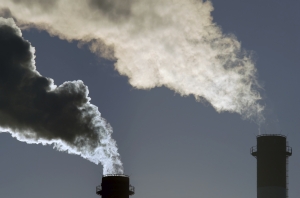The Western Australian Environmental Protection Authority (EPA) has released strengthened policy guidance for high emitting projects to offset greenhouse gas emissions.
RepuTex was engaged to model the ‘price’ and ‘type’ of carbon offsets that could be available within Western Australia should offset conditions be reinstated on the LNG industry, and the economic benefits of new offset investment in Western Australia.
Modelling aligns offset supply with illustrative annual offset demand at three reference levels, determining the potential availability, cost, and co-benefits of abatement in line with our Marginal Abatement Cost (MAC) model.
Key findings include:
- Greenhouse gas (GHG) emissions from LNG production in Western Australia are projected to grow to around 30 Mtpa of CO2e – an increase of approximately 300 percent on 2005 LNG emission levels, with current projects projected to increase Western Australian state-wide emissions to around 44 per cent above 2005 levels as output continues to grow.
- Issuance of Australian Carbon Credit Units (ACCUs) in Western Australia is currently low, representing around 10 per cent of national supply. However, we anticipate a quick expansion in regeneration projects, with ACCU issuance likely to double in less than two years.
- Marginal abatement cost (MAC) analysis indicates that Western Australia has ample abatement to meet offset demand within the state, with potential to supply in excess of 80 Mt of abatement per annum.
- Under a Low demand scenario (15 Mtpa of abatement), modelling suggests a carbon offset price could settle at around $15 per tonne, with considerable supply of around 5 to 6 Mtpa of abatement is available at little to no net-cost for agricultural (crop and livestock) efficiencies, should policy be designed to overcome market inefficiencies to unlock abatement opportunities.
- A Medium Scenario for 30 Mtpa of emissions reductions would approximately triple investment in offset projects, with offset prices modelled to grow to $50 per tonne as ‘low-hanging’ abatement is contracted, and demand for offsets ‘buys its way up the cost curve’. Under this scenario, investment in renewable energy sector could play a complementary role to ACCU methodologies, supplying around one third of all offsets, while forest and rangeland sectors are modelled to supply larger volumes at slightly higher costs.
- The midpoint of the Marginal Abatement Cost Curve for Western Australian abatement is modelled to be $40 per tonne. This is competitive against international carbon price benchmarks, with European EUA prices projected to grow to more than A$60 per tonne by 2025 as policy ambition increases.
Please access this report via the Downloads box below.
















